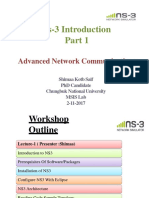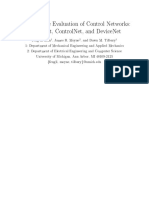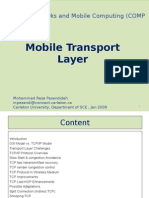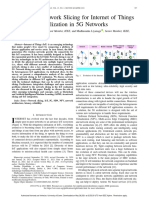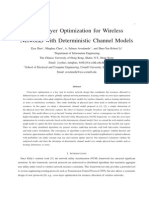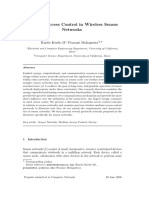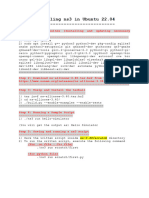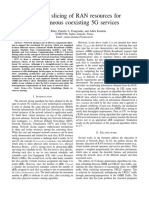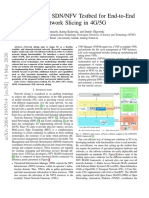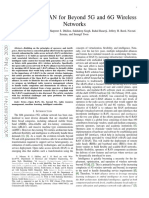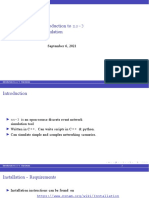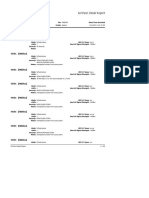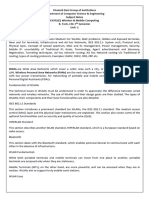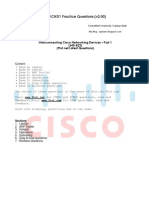0% found this document useful (0 votes)
118 views50 pagesns-3 Simulation Guide & Setup
The document provides an introduction to ns-3 network simulation including how to install ns-3, download the source code using the bake tool, understand the directory structure, and describes some of the major components like nodes, devices, and applications. It explains how to configure and build ns-3, run examples, and provides an overview of creating custom ns-3 projects under the scratch directory. The document also gives some tips for understanding ns-3 code structure and the basics of how applications, protocols, nodes, devices, and channels interact in an ns-3 simulation.
Uploaded by
Vishvesh MuthuCopyright
© © All Rights Reserved
We take content rights seriously. If you suspect this is your content, claim it here.
Available Formats
Download as PPTX, PDF, TXT or read online on Scribd
0% found this document useful (0 votes)
118 views50 pagesns-3 Simulation Guide & Setup
The document provides an introduction to ns-3 network simulation including how to install ns-3, download the source code using the bake tool, understand the directory structure, and describes some of the major components like nodes, devices, and applications. It explains how to configure and build ns-3, run examples, and provides an overview of creating custom ns-3 projects under the scratch directory. The document also gives some tips for understanding ns-3 code structure and the basics of how applications, protocols, nodes, devices, and channels interact in an ns-3 simulation.
Uploaded by
Vishvesh MuthuCopyright
© © All Rights Reserved
We take content rights seriously. If you suspect this is your content, claim it here.
Available Formats
Download as PPTX, PDF, TXT or read online on Scribd
/ 50




